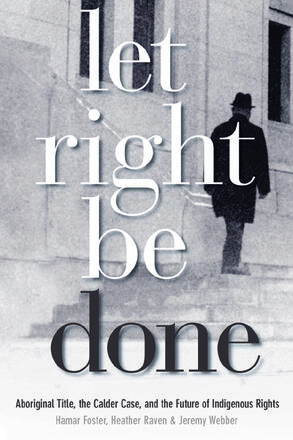
Let Right Be Done
Aboriginal Title, the Calder Case, and the Future of Indigenous Rights
La description
In 1973 the Supreme Court of Canada issued a landmark decision in the Calder case, confirming that Aboriginal title constituted a right within Canadian law. Let Right Be Done examines the doctrine of Aboriginal title thirty years later and puts the Calder case in its legal, historical, and political context, both nationally and internationally. With its innovative blend of scholarly analysis and input from many of those intimately involved in the case, this book should be essential reading for anyone interested in Aboriginal law, treaty negotiations, and the history of the “BC Indian land question. ”